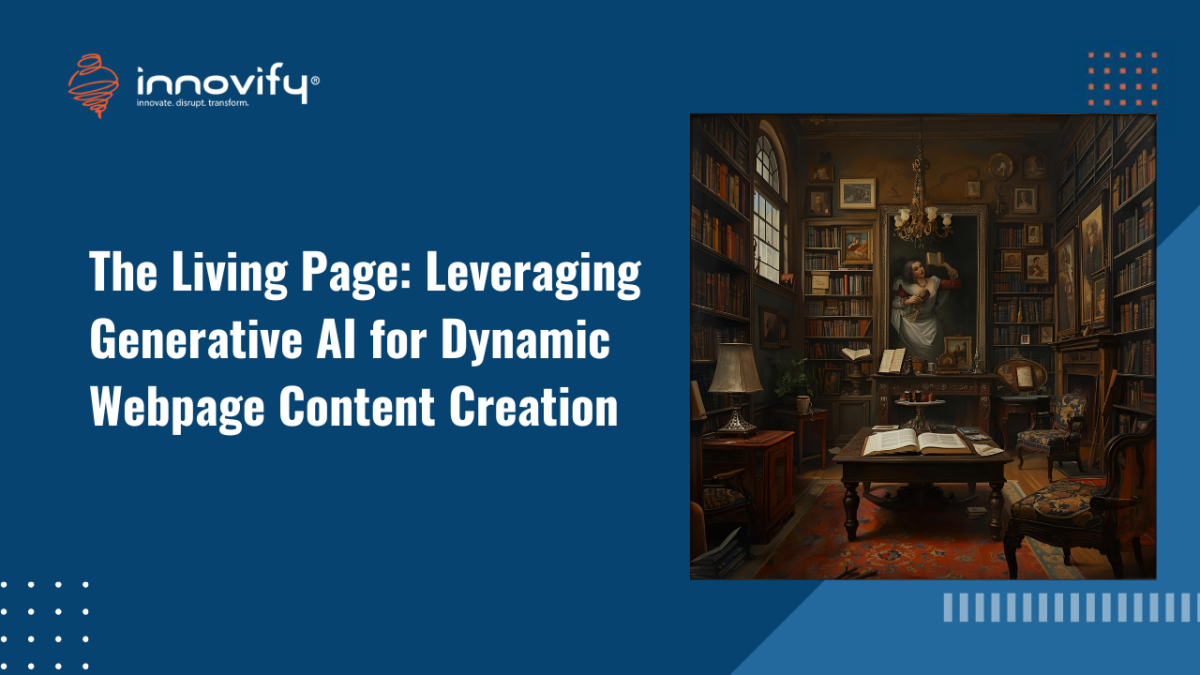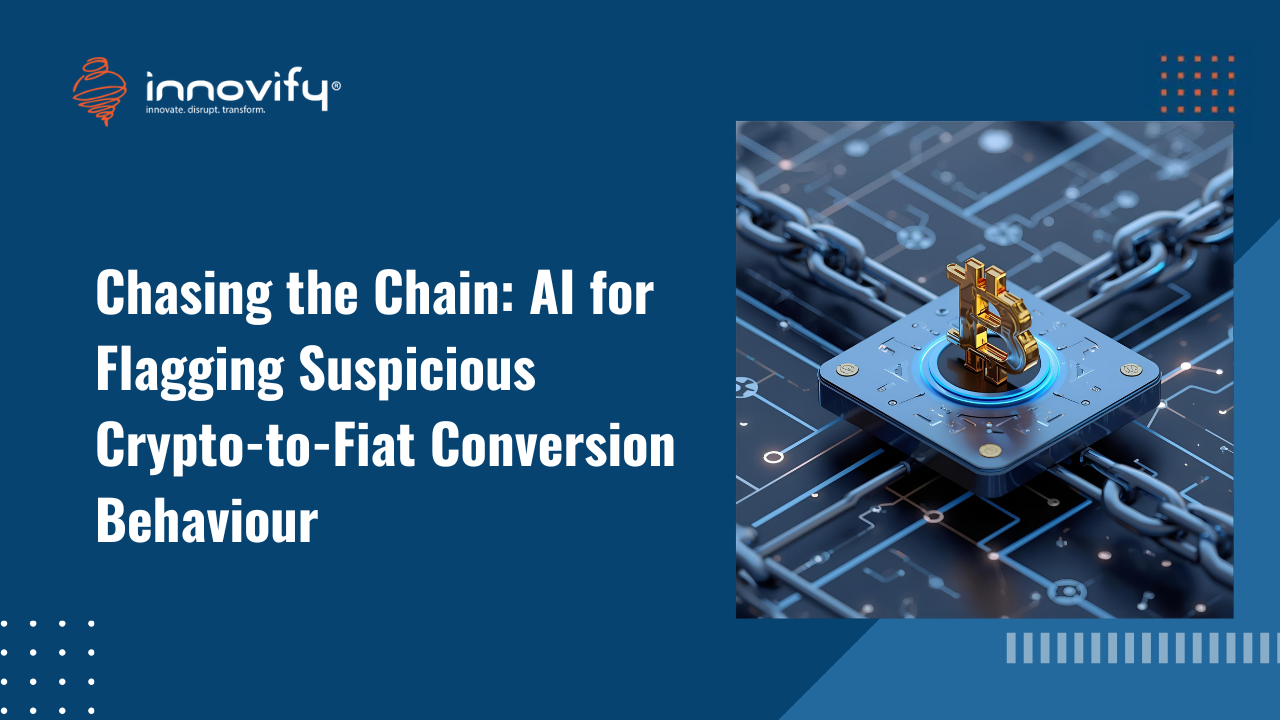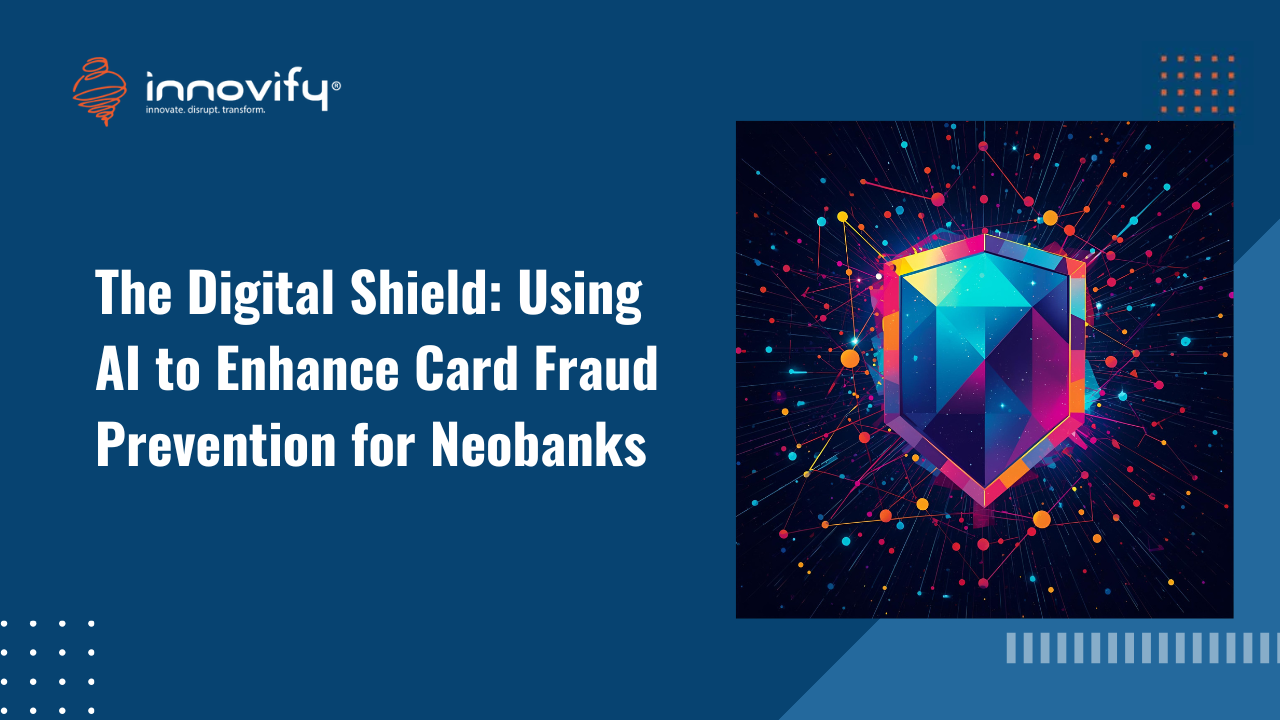AI/ML
The Living Page: Leveraging Generative AI for Dynamic Webpage Content Creation
Leveraging generative AI for dynamic webpage content creation
In the digital commerce landscape, static content is a competitive disadvantage. A single, one-size-fits-all webpage – with a generic product description and boilerplate marketing copy – fails to capture the attention of a diverse audience in a world of hyper-personalization. Customers expect web experiences to adapt instantly to their needs, preferences, and context. The traditional process of A/B testing copy variants and manually tailoring content is too slow and resource-intensive to keep up. The solution is leveraging generative AI for dynamic webpage content creation, a revolution that transforms a fixed website into a Living Page that adapts its message in real-time to every single visitor.
The Limitations of Static Content
Web content has traditionally been a bottleneck in the customer journey. Teams spend weeks crafting copy, only to find that it resonates with just a fraction of their target audience. This results in:
- Low Conversion Rates: Generic messaging fails to speak directly to an individual’s motivations or pain points.
- Slow GTM (Go-to-Market): The manual process of creating new copy for every campaign or new product slows down launch timelines.
- Suboptimal SEO: Creating diverse, high-quality content variants for different search intents is a massive manual effort.
Generative AI: The Core of Dynamic Content
Generative AI (GenAI), powered primarily by Large Language Models (LLMs), is the key to overcoming these limitations. Instead of relying on pre-written copy, the system generates content on the fly, tailored to the specific user and context.
1. Real-Time Personalization and Contextualization
The most powerful application is generating content based on real-time user signals:
- User History: If a user has a history of buying high-end products, the GenAI model can automatically generate a product description that emphasizes premium features, craftsmanship, and exclusivity. Conversely, if the user is price-sensitive, the description might focus on value, longevity, and cost-effectiveness.
- Source Traffic: If a user arrives from a social media ad, the page copy might use more concise, benefit-driven language. If they arrive from a technical blog, the content can be instantly generated to emphasize technical specifications and data-driven details.
- Geographic/Weather Context: For a travel site, GenAI can generate a headline that references the user’s local weather (e.g., “Escape the Rain: Explore Sunny Lisbon”).
2. Dynamic Copy Generation Use Cases
Leveraging generative AI for dynamic webpage content creation is transforming several key areas of web development:
- Product Descriptions: GenAI can generate hundreds of high-quality descriptions from a few bullet points, tailoring the tone, length, and focus for different retail channels (e.g., eBay, Amazon, proprietary website) and specific customer segments.
- A/B Testing at Scale: Instead of manually creating 3-4 headlines to test, GenAI can automatically generate and test dozens of copy variants (headlines, calls-to-action) simultaneously, accelerating the process of finding the optimal message.
- Dynamic FAQs and Chatbot Responses: GenAI can generate instant, accurate, and context-aware responses to user queries, providing a level of depth and clarity far beyond a fixed FAQ page.
Technical Implementation and Governance
Deploying GenAI for web content requires a robust technical and governance framework:
- Grounding and Fine-Tuning: The LLM must be “grounded” – trained or fine-tuned on the company’s proprietary data, brand voice guidelines, and legal compliance documents. This prevents the model from “hallucinating” or generating off-brand, non-compliant content.
- Performance and Latency: The generation process must be fast enough not to introduce latency to the webpage loading time. This requires powerful, optimized API integration and edge computing capabilities.
- Safety and Compliance: Automated systems must be in place to review and filter generated content for brand safety, accuracy, and adherence to legal regulations (e.g., avoiding unsubstantiated claims in financial or health-related content).
The Strategic Payoff
The financial return on leveraging generative AI for dynamic webpage content creation is realized through superior conversion rates and enhanced operational efficiency. Marketers can achieve true personalization, leading to deeper user engagement and higher customer lifetime value. In essence, the website ceases to be a static brochure and becomes a dynamic, personalized sales consultant that speaks the right language to every individual, all the time.
Ready to transform your static website into a Living Page? Book a call with Innovify today.




